June 23, 2017
Death of Dragons is an RPG campaign of the orient designed for solo play using the Q System as designed in the Upwind RPG for player mechanics and the Encounter Building Decks as the GM replacement mechanic. There are a few flavor changes to Q System as follows:
-
Tsutano is the realm in which the adventures take place. It is a realm similar to feudal Japan with samurai, martial artists, cherry blossoms, calligraphy, class systems, etc. but with a little magic and monsters (particularly dragons) thrown in.
-
There are no Knights in this realm. A similar organization called the Sedai Hogosha act like the Knights, but the organization as a whole is more corrupt. PCs may belong to the Sedai Hogosha as honorable characters who are actually trying to do the right thing.
-
There is limited magic in the realm. Only a very select few can use it and most practitioners mix it with martial arts producing fireball punches, wind-powered dragon uppercuts, stone kicks, water bending dodges, or the like. The four elements of magic are:
-
Fire (♣) – The suit of clubs represents the elemental magic of fire. Abilities and/or skills that are tied to this suit should represent action, agility, or speed.
-
Earth (♦) – The suit of diamonds represents the elemental magic of earth. Abilities and/or skills that are tied to this suit should represent strength, fortitude, and health.
-
Wind (♠) – The suit of spades represents the elemental magic of wind. Abilities and/or skills that are tied to this suit should represent thought, intelligence, perception, or the senses.
-
Water (♥) – The suit of hearts represents the elemental magic of water. Abilities and/or skills that are tied to this suit should represent healing, emotion, or insight.
-
-
Each character should have aspects, such as Always Honest, that can be compelled. Compelling occurs when the character is in a situation where the character is trying to act in a way opposite of an aspect. The GM (or GM Emulator) determines the challenge level of the compel (1, 2, or 3), and both the player and GM play a number of cards equal to the challenge level of the appropriate suit (for the player). If the player has the lower total, they may act opposite their aspect. If the player does not have enough cards of that suit, he or she plays all cards in hand of that suit and then flips randomly from the deck for the remaining cards.
-
Skills should be designed as non-magical skills that a character has trained at to become good. Abilities should be designed as non-magical abilities that a character has always had a natural aptitude for but not necessarily the training. Potential skills are magical or supernatural abilities that tie into specific elemental forms of magic.
-
Players may use multiple potentials at the cost of reducing their hand size and initial skills/abilities. Note this reduces their effective hit points as their skill/ability hand size is smaller.
-
Can Use 1 Potential Type
Skills: 3 (Level 3d, 2h, 1s), Abilities: 3 (Level 3s, 2h, 1d), Hand Size: 6;
Potential Skills: 3 (Level 3c, 2c, 1c), Potential Hand Size: 4 -
Can Use 2 Potential Types
Skills: 2 (Level 3h, 2s), Abilities: 2 (Level 2s, 1h), Hand Size: 5;
Potential Skills: 4 (Level 3c, 2d, 2d, 1c), Potential Hand Size: 5 -
Can Use 3 Potential Types
Skills: 1 (Level 2s), Abilities: 1 (Level 2s), Hand Size: 4;
Potential Skills: 6 (Level 3c, 3d, 2h, 2h, 1c, 1d), Potential Hand Size: 6
-
